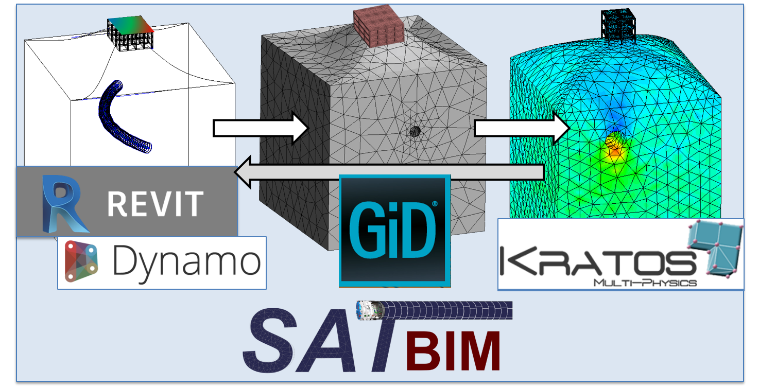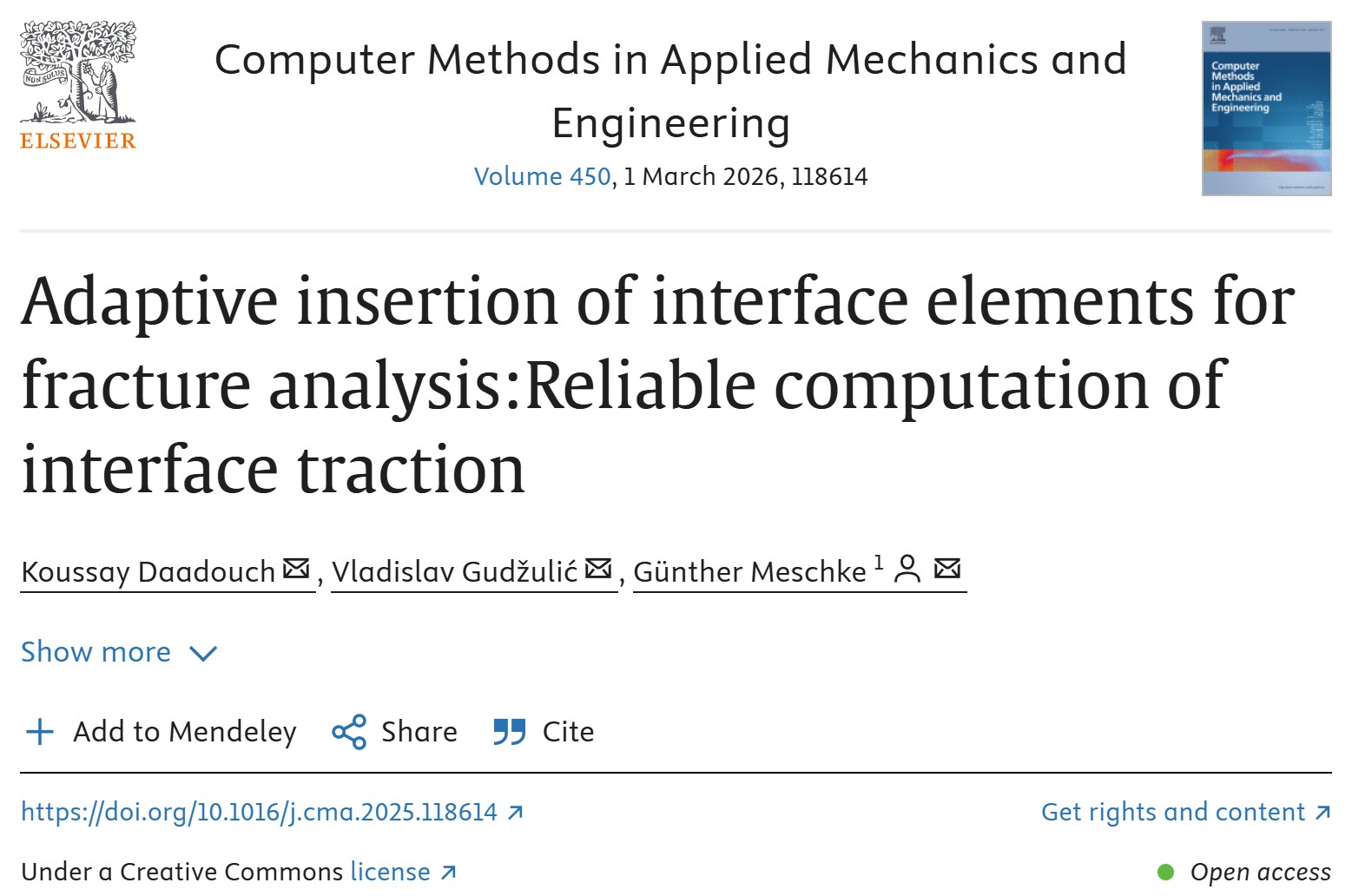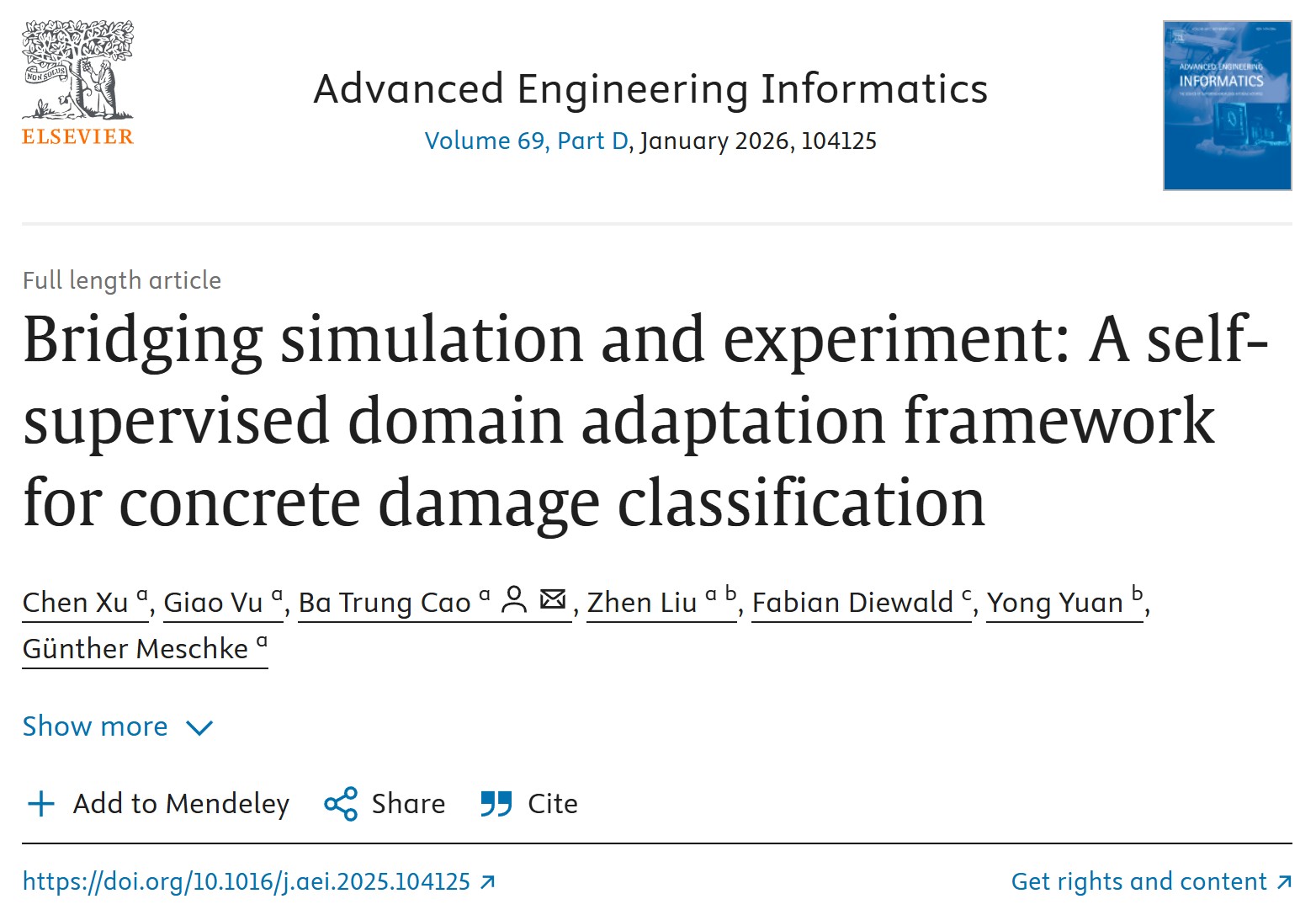
25.10.2016
Dr.-Ing. Jelena Ninic from Marie Sklodowska-Curie Fellow, The University of Nottingham will hold a guest lecture in the framework of SFB 837 about 'SATBIM: Simulations for Multi-Level Analysis of Interactions in Tunnelling based on the Building Information Modelling Technology'.
Building and construction information modelling (BIM) for decision making is a vital means for the analysis of complex, integrated and multi-disciplinary systems such as mechanized tunnelling in urban areas. Both the planning and the design phase require analysis, modelling, numerical analysis, and visualisation with consideration of widely differing scales (from cm to km). The current state-of-the-art tunnel design process is cumbersome and involves significant manual, time-consuming preparation and analysis as well as excessive computing resources. To fulfil the requirements of both information and numerical modelling on different level of details (LoDs), we propose SATBIM, an integrated platform for multi-level information modelling, structural analysis and visualisation of the mechanized tunnelling process. Hence, SATBIM ensures a seamless workflow during the design tasks while minimizing the analysis time.
A concept for parametric modelling of shield-bored tunnels within existing environment is presented, developed using the BIM tools Revit and Dynamo, and employed as the basis for structural analysis on different LoDs. To this end, each system component (soil with excavation, tunnel lining with grouting, TBM and buildings) is developed in the information model for different LoDs, making use of parametric modelling by means of Revit custom object families and Dynamo, a visual programming environment for Revit. Based on the resulting Tunnel Information Model (TIM), a corresponding numerical model for each component at each LoD is developed, considering proper geometry, material representation, interfaces and the construction process. Finally, the results of the numerical simulations and their impact on the existing environment are visualised within the TIM to enable comprehensive and quick understanding of effects of design actions on the stability and safety of the existing environment.
The software is organized in a highly modular way in order to provide high flexibility, not only for further extensions, but also to be adaptable to changes in the simulation software. The SATBIM platform enables practical, yet flexible and user-friendly generation of the tunnel structure for arbitrary alignments on different LoDs, supporting the design process and providing an insight into soil-structure interactions during construction.
SFB_837_Gastvortrag_Ninic.pdf

"Adaptive insertion of interface elements for fracture analysis: Reliable computation of interface t
more...
Chen Xu, Giao Vu, Ba Trung Cao, Zhen Liu, Fabian Diewald, Yong Yuan, and Günther Meschke are the au
more...